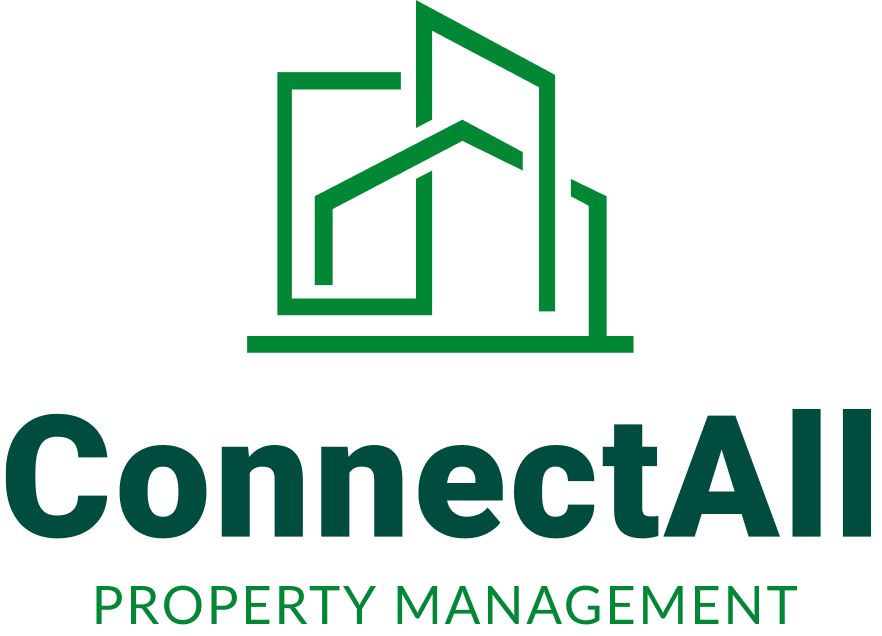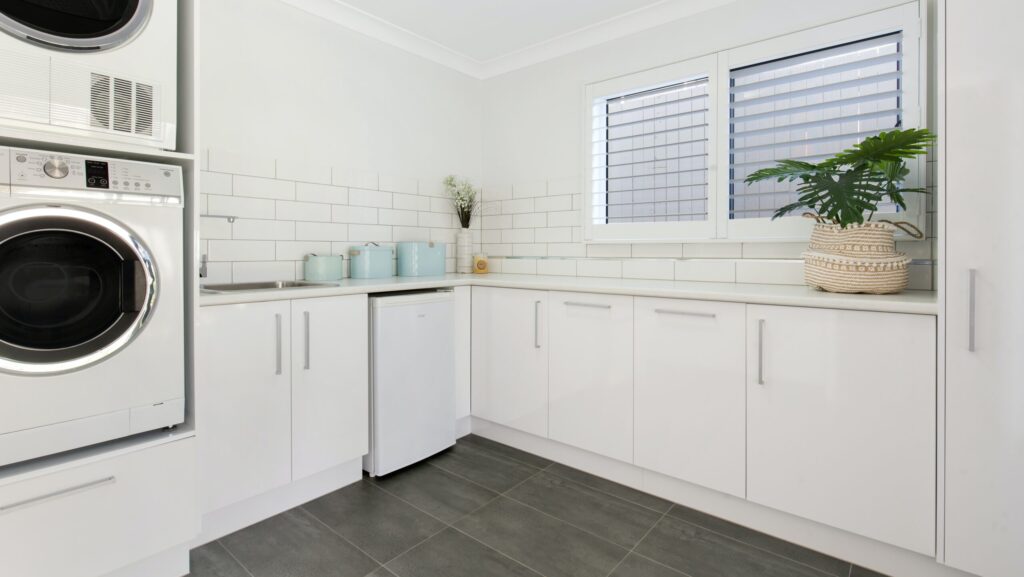
The Importance of Conducting Move-In and Move-Out Inspections in Massachusetts
As a landlord in Massachusetts, maintaining your property’s condition and safeguarding your investment should be a top priority. One of the most effective ways to achieve this is through detailed move-in and move-out inspections. While some landlords may view inspections as time-consuming or unnecessary, they are, in fact, a vital part of property management that protects both the landlord and the resident. Here’s why these inspections are critical and why the associated fee is a necessary investment.
Why Move-In Inspections Are Essential
- Documenting the Property’s Condition: A comprehensive move-in inspection establishes a baseline of the property’s condition. By capturing over 100 detailed photos and noting the state of every aspect—from flooring and walls to appliances and fixtures—you create an indisputable record of the property’s initial condition.
- Setting Expectations: Move-in inspections clarify the responsibilities of both the owner and the resident regarding property care. When residents sign the inspection report, they acknowledge the property’s condition, reducing potential disputes later.
- Security Deposit Compliance: In Massachusetts, providing a condition or inspection report is mandatory if a security deposit is collected. This report serves as crucial documentation to protect both the landlord and the resident in case of disputes over damages or deductions.
The Importance of Move-Out Inspections
- Assessing Damage vs. Normal Wear and Tear: Move-out inspections allow landlords to differentiate between damage caused by the resident and normal wear and tear. This distinction is crucial when determining deductions from the security deposit.
- Avoiding Disputes: With detailed reports and photographic evidence, move-out inspections minimize disagreements over security deposit deductions, ensuring a smoother transition for both parties.
- Planning Repairs and Maintenance: A thorough move-out inspection helps landlords identify necessary repairs and plan for property turnover efficiently, minimizing vacancy periods.
Why the Inspection Fee Is Necessary
Conducting move-in and move-out inspections is a meticulous process that requires significant time and expertise:
- On-Site Visit: Each inspection involves 1-2 hours of thorough examination of the property, ensuring no detail is overlooked.
- Photographic Documentation: Over 100 high-resolution photos are taken to capture the property’s condition accurately.
- Report Generation: Another 2 hours are dedicated to compiling a detailed report, complete with descriptions and photographic evidence. This report serves as an official document for both the landlord and the resident.
Given the time, effort, and expertise involved, the inspection fee is a necessary cost. It ensures that the process is conducted professionally and thoroughly, protecting your property and legal interests. Additionally, these inspections are a service that directly benefits landlords by reducing the risk of disputes and maintaining the property’s value.
Non-Negotiable Fee Policy
To maintain the highest standard of property management, the inspection fee is non-waivable. Skipping or cutting corners on inspections to save costs often results in greater expenses down the line, such as unresolved disputes or unnoticed damages that escalate into major repairs.
Want to know how to conduct a move-in and move-out inspection the right way? Ensure your rental property stays in top shape and avoid disputes with a proper inspection process.
Learn more about conducting thorough inspections today!






